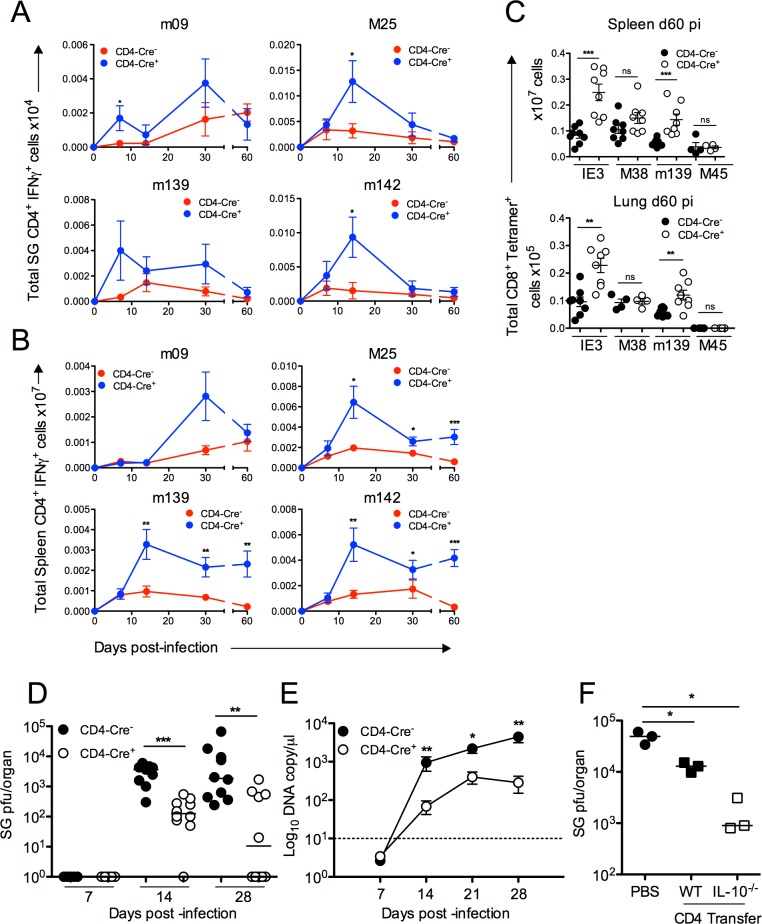Fig 4. T cell-derived IL-10 impairs anti-MCMV T cell immunity and promotes virus persistence.
CD4-Cre-IL-10flox/flox(Cre-) and CD4-Cre+IL-10flox/flox (Cre+) mice were infected with MCMV and at day 7, 14, 30 and 60 pi peptide-specific CD4+ IFNγ+ responses in the salivary glands (A) and spleen (B) were measured. Data is shown as mean ± SEM of cell numbers with mean of 8–17 mice per group. (C) Splenic (top) and pulmonary (bottom) virus-specific CD8+ T cells were quantified with tetramers refolded around peptides from MCMV antigens IE3, M38, m139 and M45. Total CD8+/CD3+ Tetramer+ cells are plotted with 4–8 mice per group representative of 2 experiments. (D) Replicating virus in salivary gland homogenates at day 7, 14 and 28 pi were measured by plaque assay. Data is shown as individual mice + median and represents 2–3 experiments. (E) Viral genomes were measured in saliva by qPCR day 7, 14, 21 and 28 pi. Data is shown as mean ± SEM from 5 mice/group from 3 replicative experiments. (F) Replicating virus in salivary gland homogenates d14 pi in rag1 -/- mice following transfer of WT or IL-10 -/- CD4+ T cells. Data is shown as individual mice + median and represents two separate experiments.

